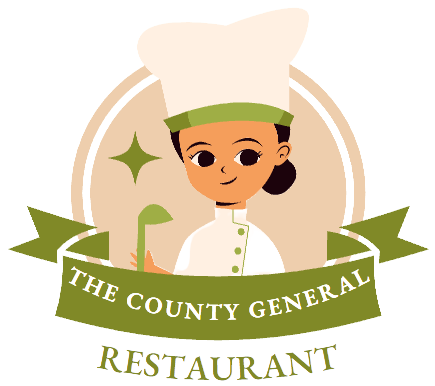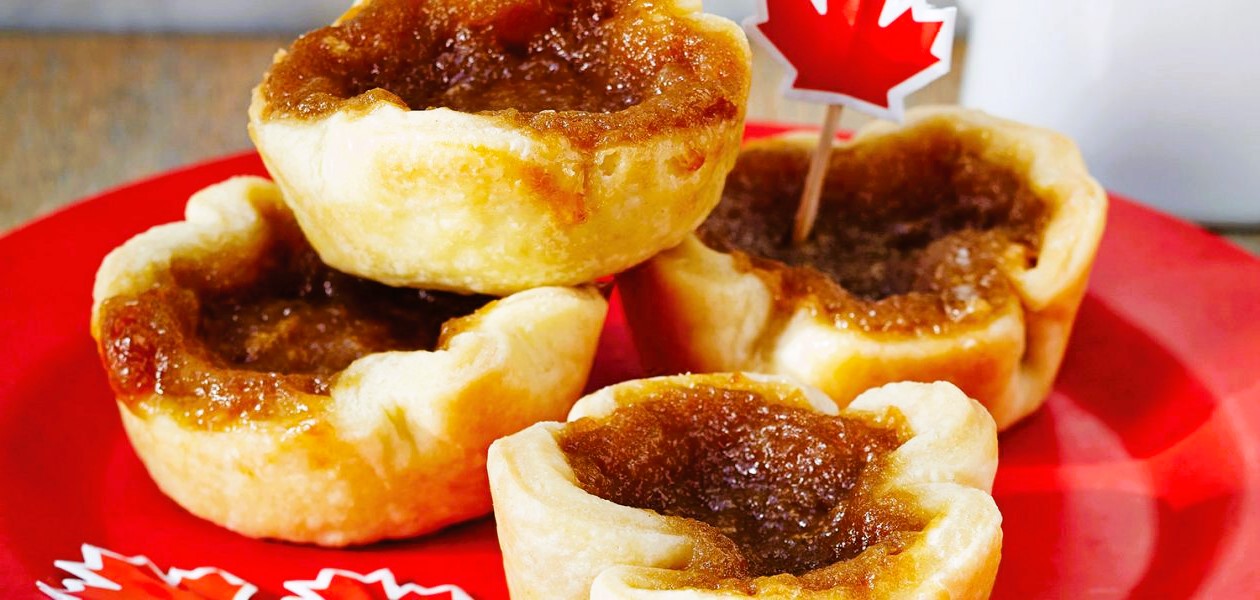Canadian cuisine is a tapestry woven with influences from Indigenous cultures, immigrant communities, and the bountiful resources of the land. As diverse as the country itself, Canadian dishes reflect the nation’s history, geography, and the people who call it home. In this article, we embark on a culinary journey to explore iconic Canadian dishes that have shaped the nation’s culinary identity.
Poutine: A Comforting Classic
When it comes to iconic Canadian comfort food, poutine reigns supreme. Originating in Quebec, this indulgent dish consists of crispy French fries smothered in rich gravy and topped with creamy cheese curds. Poutine’s savory, indulgent combination perfectly captures the essence of Canadian cuisine – hearty, unpretentious, and utterly satisfying.
Maple Syrup: Liquid Gold of the Land

Canada’s relationship with maple syrup is nothing short of a love affair. Derived from the sap of sugar maple trees, this natural sweetener is a culinary treasure that has been harvested and enjoyed by Indigenous communities for generations. From drizzling it over pancakes to using it as a glaze for meats, maple syrup is a quintessential Canadian flavor that celebrates the country’s natural bounty.
Tourtière: A Taste of Tradition
Hailing from the province of Quebec, tourtière is a savory meat pie that holds a special place in Canadian holiday traditions. Traditionally enjoyed during festive occasions like Christmas and New Year’s, tourtière showcases the influence of French cuisine on Canadian cooking. Filled with a mixture of minced meats, spices, and aromatics, this dish is a flavorful testament to the culinary heritage of Canada’s French-speaking communities. Creating the perfect cheese board, we have put together a pairing and presentation guide for you.
Nanaimo Bars: Layers of Delight
On the sweet side of Canadian cuisine, Nanaimo bars take center stage. Named after the city of Nanaimo in British Columbia, these no-bake treats feature layers of crumbly base, custard-flavored middle, and a glossy chocolate topping. Their easy preparation and delightful taste have made them a beloved dessert that can be found in kitchens across the country.
Butter Tarts: A Sweet Canadian Indulgence
Butter tarts are a testament to the simple joys of Canadian baking. With a gooey filling of butter, sugar, and often raisins or pecans, encased in a flaky pastry shell, these treats capture the essence of Canadian homemade goodness. Butter tarts have become a symbol of Canadian hospitality and are a cherished addition to any holiday table.
Standardization and Canadian Cuisine:

To truly understand and appreciate Canadian cuisine, it’s important to consider the standards and regulations that guide food production and safety. Websites like Wikipedia, Canada.ca, and the Invasive Species Council of British Columbia (ISCBC) provide valuable resources. Wikipedia offers insights into the history and evolution of Canadian cuisine, while Canada.ca ensures that food safety standards are maintained across the country.
Organizations like ISCBC play a role in preserving the native ingredients that define Canadian cuisine by addressing the impact of invasive species on local ecosystems and food sources.
In Conclusion: Celebrating Canada’s Culinary Tapestry
Exploring Canadian cuisine is a journey that takes us through the diverse regions, cultures, and flavors that have shaped the nation. From hearty comfort foods to delectable desserts, each dish tells a story of Canada’s rich history and its vibrant culinary present. As we celebrate the dishes that define our national culinary identity, let’s remember that Canadian cuisine is a reflection of the people, landscapes, and traditions that make this country truly unique.
References:
- Canada.ca – Food safety and nutrition

